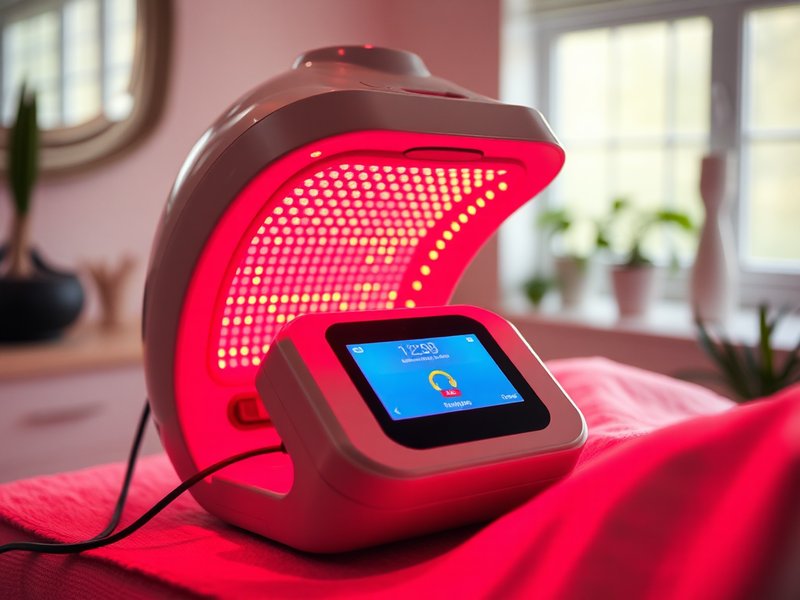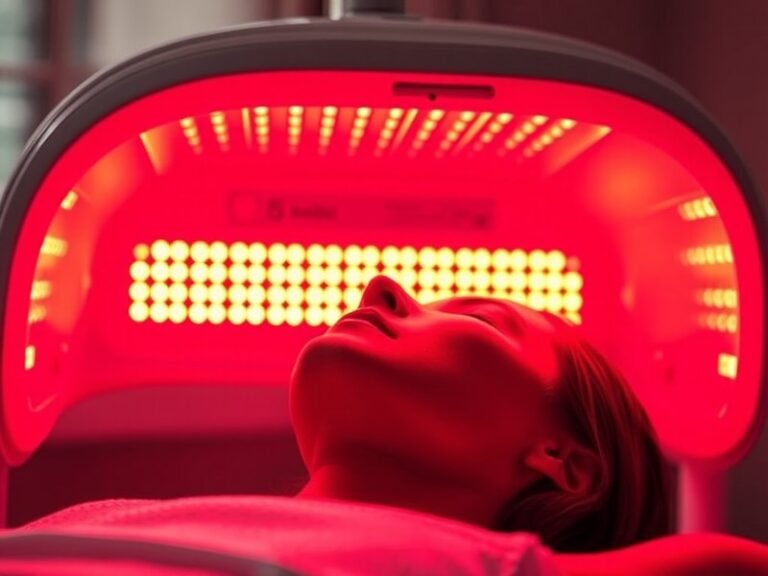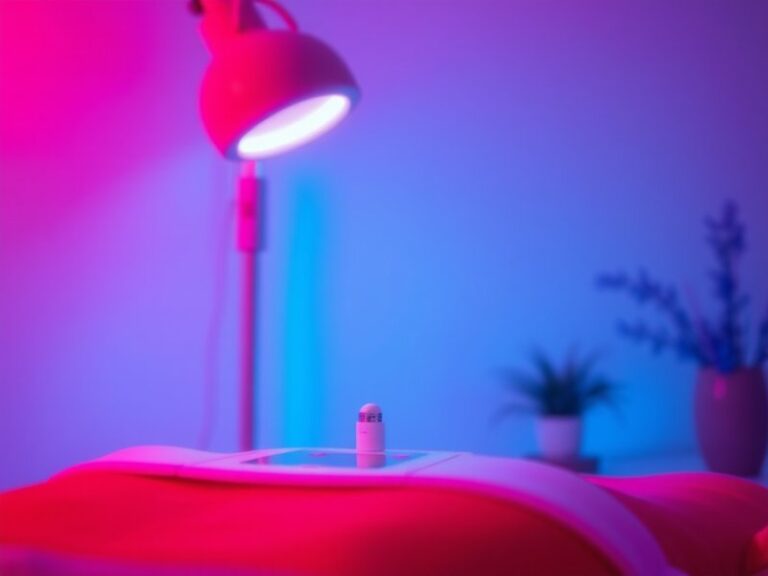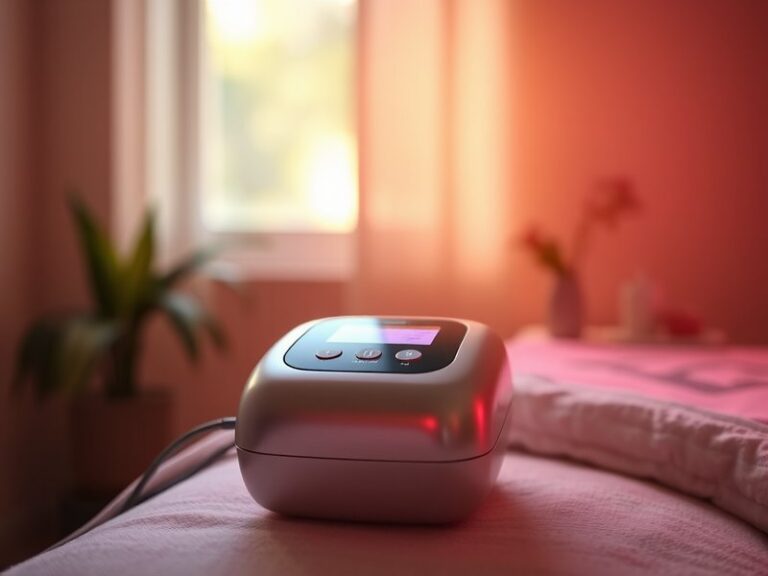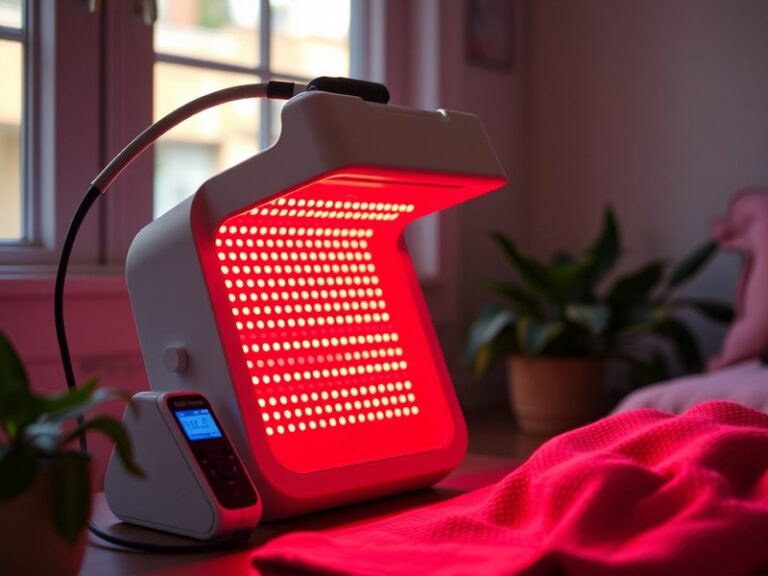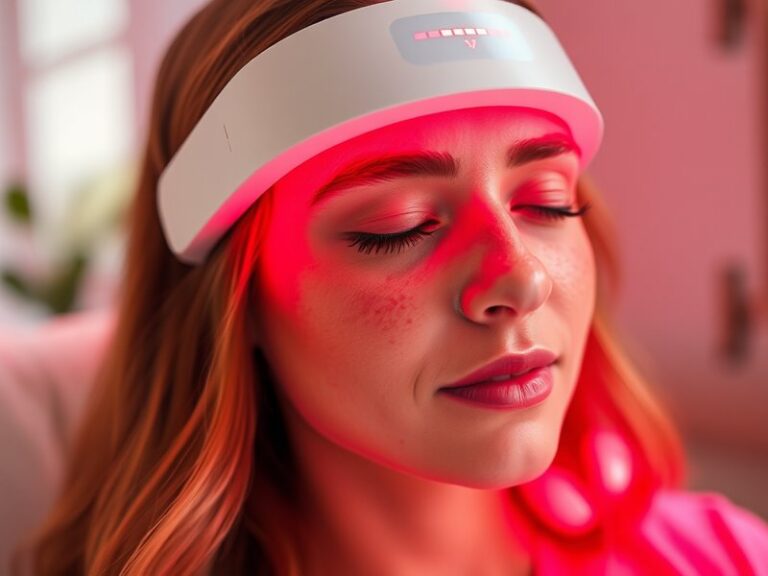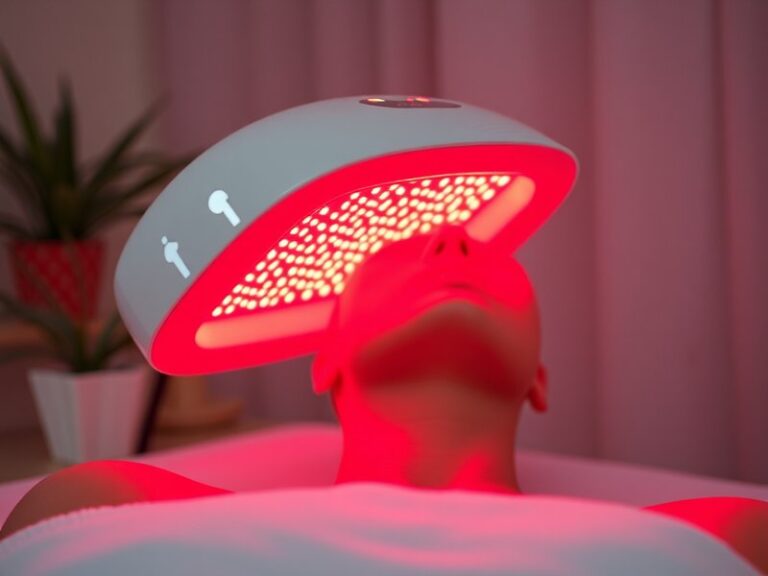Does Red Light Therapy Burn Fat Cells?
Does Red Light Therapy Burn Fat Cells?
Can exposing your skin to red light actually help you lose fat?
This article explores the fascinating world of red light therapy, its mechanism, and whether it truly aids in fat loss. We will examine the science behind the therapy, discuss its potential benefits and limitations, and consider alternative strategies for fat reduction.
Key Takeaways
- Red light therapy works by stimulating cellular processes, potentially affecting fat cells.
- Though it shows promise, further research is needed to establish its efficacy for fat loss.
- Red light therapy can also have additional benefits like improving skin health and reducing inflammation.
What is Red Light Therapy?
Red light therapy (RLT) is a treatment that utilizes specific wavelengths of light, typically between 600 and 650 nanometers, to penetrate the skin and promote various biological processes. This non-invasive therapy is thought to improve muscle recovery, reduce inflammation, and enhance skin health by encouraging collagen production.
The therapy is administered through devices like lasers, LED panels, or handheld devices that direct the light onto the targeted area. The concept is that the light energy is absorbed by the skin cells, which can then stimulate energy production at a cellular level.
How Does it Work?
The underlying mechanism involves the stimulation of mitochondrial activity within cells. Mitochondria, often referred to as the powerhouses of cells, generate adenosine triphosphate (ATP), the energy currency of cells. By enhancing ATP production, RLT may help cells function more effectively, potentially aiding in various metabolic processes, including fat breakdown.
What are the Benefits of Red Light Therapy?
Red light therapy is gaining popularity not just for fat loss, but for a variety of additional benefits. Below are some key reasons people turn to this treatment.
Improved Skin Health
RLT has been shown to promote collagen synthesis, leading to improved elasticity and reduced signs of aging. Many users report a visible reduction in wrinkles and acne scars after consistent therapy.
Reduced Inflammation
Research indicates that red light therapy can significantly decrease inflammation in the body. This is particularly important, as chronic inflammation is linked to a variety of health concerns, including obesity and metabolic syndrome.
Enhanced Muscle Recovery
Athletes and fitness enthusiasts often use RLT to speed up recovery times post-exercise, reduce soreness, and improve overall performance. By enhancing blood flow and decreasing muscle fatigue, red light therapy could support fitness goals.
Pain Relief
Multiple studies have suggested that RLT can decrease chronic pain from conditions like arthritis or fibromyalgia. Patients undergoing RLT often report reduced pain levels, allowing for more mobility and improved quality of life.
Is it Possible to Burn Fat Cells with Red Light Therapy?
The burning question many have is whether RLT actually burns fat cells. While some studies have shown promising results regarding the therapy’s ability to reduce localized fat deposits, results vary widely between individuals.
What do Studies Say?
Some research indicates that red light therapy can lead to a reduction in subcutaneous fat. However, these studies often involve small sample sizes and short durations. Therefore, while initial findings are encouraging, additional large-scale studies are necessary to draw more definitive conclusions.
Check our latest on Can Red Light Therapy Be Daily?
Can It Replace Traditional Weight Loss Methods?
RLT should not be considered a standalone solution for weight loss. It might serve as a supplementary approach, especially when combined with dietary changes and regular exercise.
What are the Things to Consider Before Using Red Light Therapy?
Before jumping into red light therapy as a fat loss solution, there are several critical factors to weigh.
Maintenance of a Healthy Lifestyle
RLT is not a miracle cure. It should complement a healthy diet and exercise regimen. Relying solely on red light therapy without lifestyle changes is unlikely to yield significant results.
Device Quality
The effectiveness of red light therapy can vary significantly based on the device used. Ensure you have a reputable device or seek treatment from a certified professional to maximize benefits.
Potential Side Effects
While generally regarded as safe, some individuals may experience mild side effects, such as redness or warmth in the treated area. Consult a healthcare provider if you have existing skin conditions or concerns.
What are the Alternatives to Red Light Therapy for Fat Loss?
If red light therapy doesn’t seem like the right fit, there are several other methods for fat loss that you might consider.
Dietary Changes
Focusing on a balanced diet rich in whole foods can significantly contribute to fat loss. Strategies such as portion control and avoiding processed foods can be very effective.
Traditional Exercise
Physical activity remains one of the most proven ways to burn fat. Incorporating a combination of cardiovascular and resistance training can lead to effective results over time.
Cool Sculpting
This cosmetic procedure physically freezes fat cells to eliminate them from the body. While more invasive than RLT, it has shown effective results for fat reduction.
Conclusion: Is it Recommended to Use Red Light Therapy for Fat Loss?
In summary, red light therapy holds potential for fat loss through mechanisms that stimulate cellular activity. However, the evidence supporting its effectiveness is still evolving. It shouldn’t replace traditional weight loss methods like diet and exercise but may act as a complementary strategy. If considering red light therapy, be sure to consult with a healthcare professional to determine its appropriateness for your individual health goals.
Frequently Asked Questions
Does red light therapy cause fat loss in all individuals?
No, the effectiveness of RLT can vary significantly between individuals. While many may experience some fat reduction, others may not see notable results.
How often should I use red light therapy for it to be effective?
Consistency is key. Most protocols suggest using RLT several times a week for optimal benefits, but always follow the specific guidance of professionals or device manufacturers.
Are there any risks involved with red light therapy?
RLT is generally considered safe with few reported side effects. However, those with certain skin conditions or sensitivities should consult a healthcare provider before use.
Get insights from Why is red light therapy debated?
Can I use red light therapy at home?
Yes, there are various devices available for home use. However, ensure these devices are clinically approved for safety and efficacy.
Is red light therapy covered by health insurance?
Typically, red light therapy is considered a cosmetic treatment and is not often covered by insurance. Check with your specific provider for coverage details.
